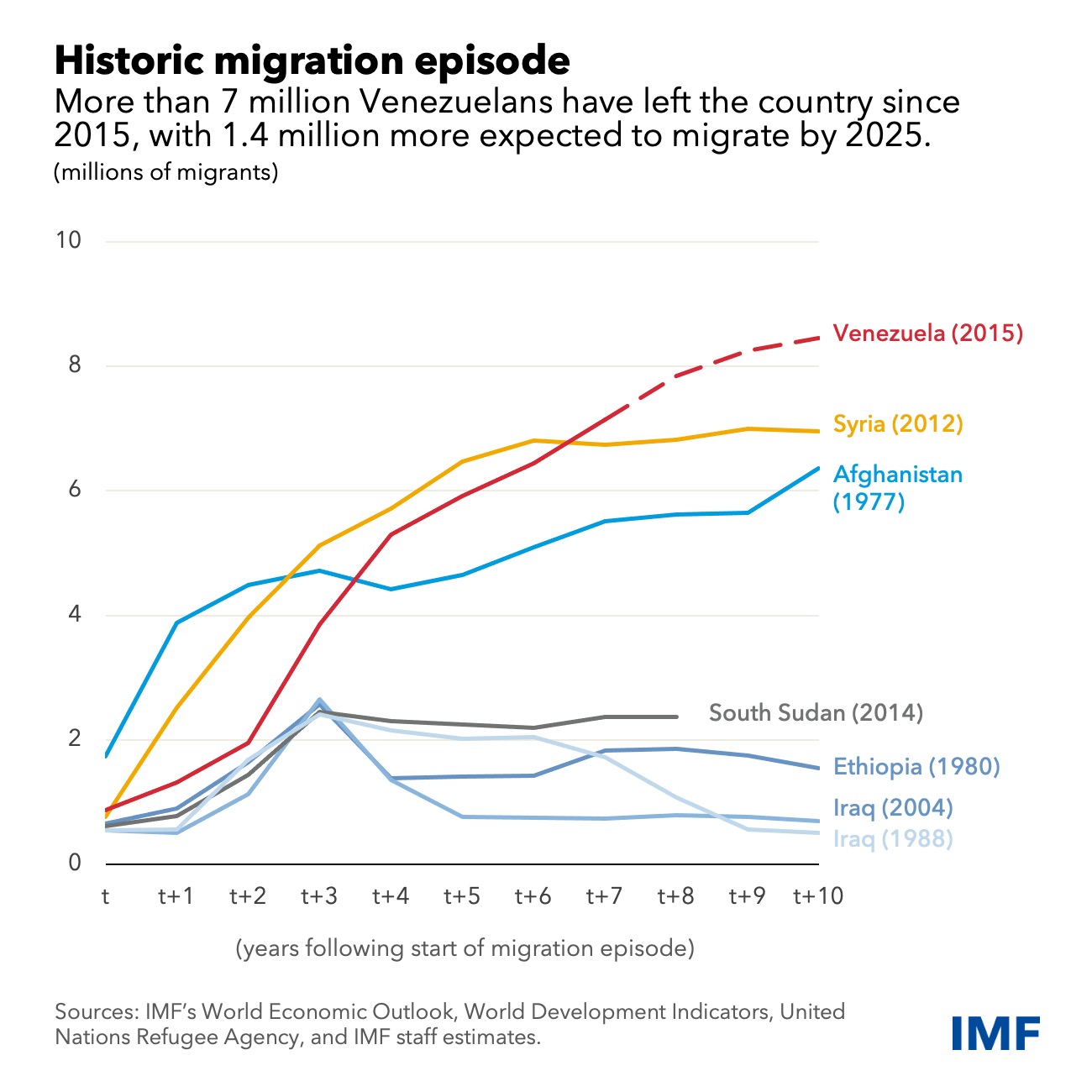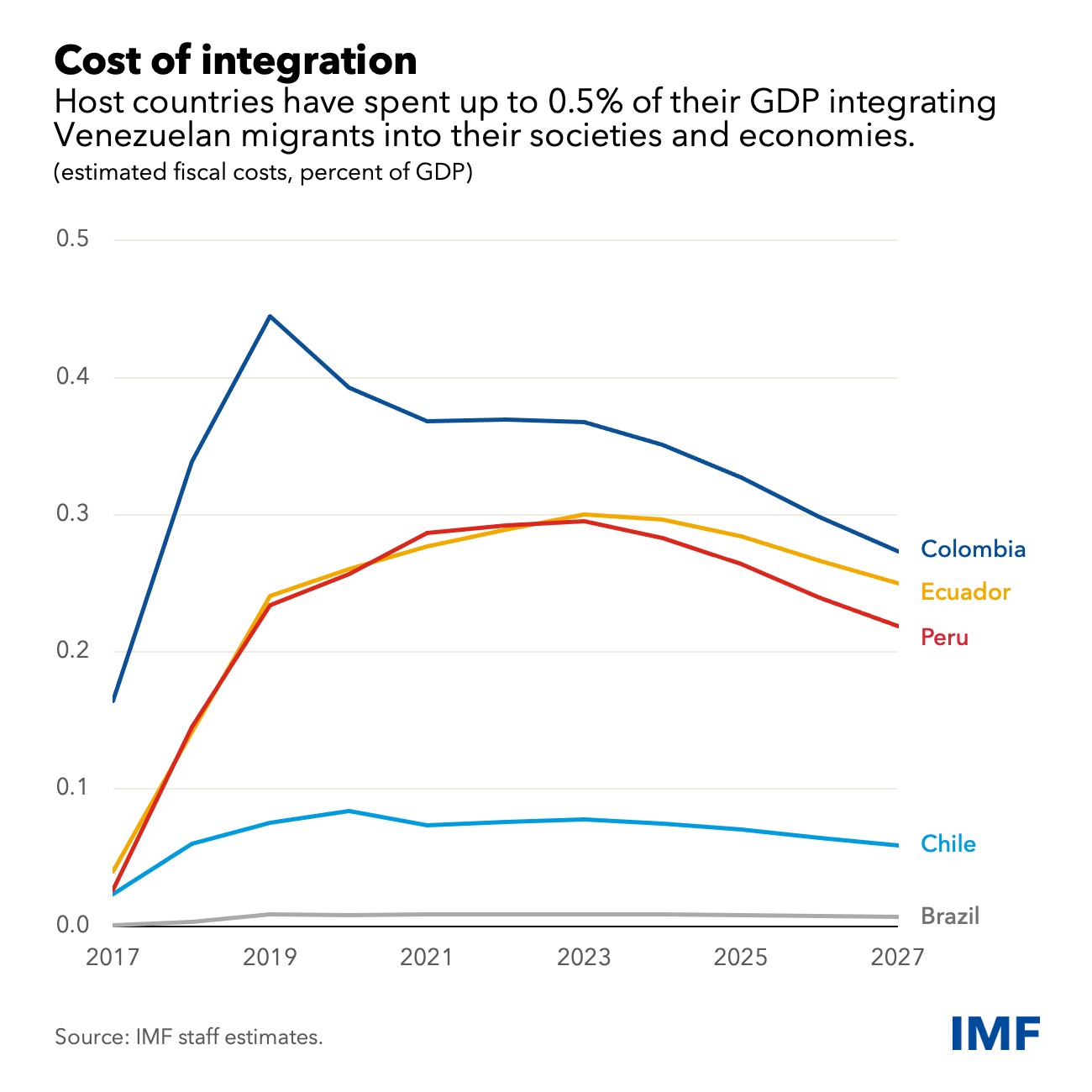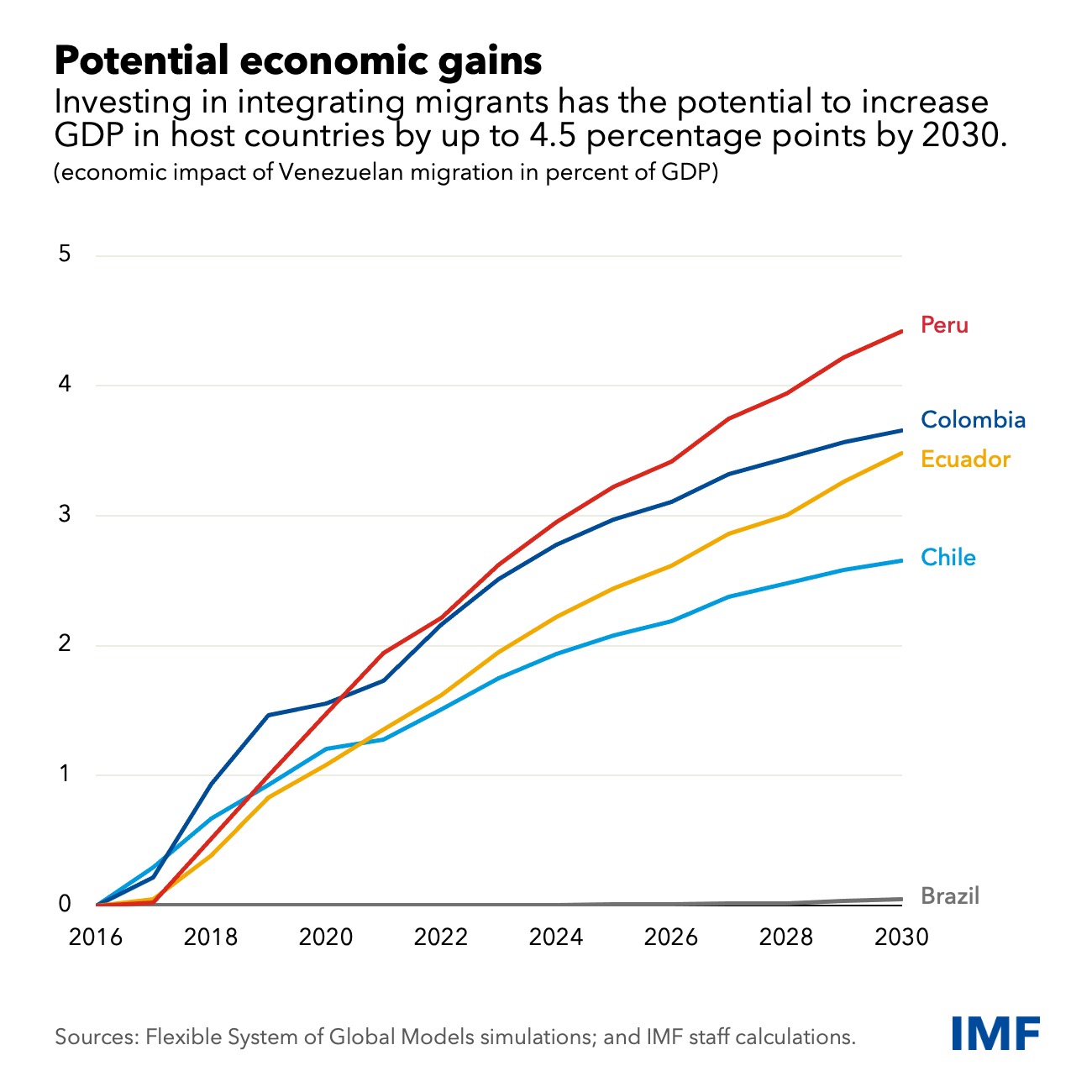A closer look at the Caribbean’s migratory systems
Similar to patterns of migration worldwide, migrants within the Caribbean tend to originate in countries with lower standards of living and fewer opportunities, moving to more advanced economies with more employment opportunities
Challenges and opportunities of migration in the Caribbean
By Valerie Lacarte - Ana María Saiz - Jordi Amaral - Diego Chaves-González - Jeremy Harris
Migration has long been part of the fabric of Caribbean nations’ experience. But while Caribbean migration is often discussed in the context of out-migration to the United States, Canada, and European countries, movement to and within the Caribbean is an equally important part of this story. In recent decades, due in great part to climate change, natural disasters, and shifts in global mobility patterns, the migration landscape in the Caribbean has also changed significantly.To provide governments, stakeholders, and external partners interested in strengthening the region’s capacity to accommodate changing migration patterns, the Inter-American Development Bank and the Migration Policy Institute have partnered to provide a policy review on migration in the Caribbean.
The report Migration, Integration, and Diaspora Engagement in the Caribbean: A Policy Review provides those interested in human mobility across Latin America and the Caribbean with a general overview of the Caribbean region’s extra- and intraregional migration trends, institutional frameworks, and the challenges and opportunities that new migration flows present for its development and regional integration.
Recent changes in the migratory flows in the Caribbean
In 2020, there were an estimated 859,400 intraregional and 745,700 extraregional immigrants living in Caribbean countries. The intraregional share of migrants grew from 46% in 2000 to 56% in 2020.
The intraregional share and origins of immigrants vary across countries. In the nine primary countries studied in the report—The Bahamas, Barbados, Belize, the Dominican Republic, Guyana, Haiti, Jamaica, Suriname, and Trinidad and Tobago—immigrants from other Caribbean nations made up 63 percent of all immigrants in 2020. Intraregional migration was most common in countries such as the Dominican Republic, Barbados, and The Bahamas, and Haitians were by far the largest group of immigrants across these countries, followed by Guyanese.
Extraregional migration in the Caribbean
In some countries, there are notable populations of immigrants from outside the region. Venezuelans represent the second largest immigrant population (after Haitians) across the nine countries analyzed and are present in particularly large numbers in the Dominican Republic, Trinidad and Tobago, and Guyana. Immigrants from the United States, the United Kingdom, China, and Canada were also present in many of these nine countries.
Intraregional migration in the Caribbean
Similar to patterns of migration worldwide, migrants within the Caribbean tend to originate in countries with lower standards of living and fewer opportunities, moving to more advanced economies with more employment opportunities. As such, countries and territories with thriving tourism industries and higher incomes, such as The Bahamas, the British and U.S. Virgin Islands, the Turks and Caicos Islands, and Saint Kitts and Nevis, tend to attract nationals from Haiti, the Dominican Republic, Guyana, and Jamaica. Moreover, a smaller number of high-skilled workers from countries such as Jamaica, Cuba, and Trinidad and Tobago tend to migrate to countries where they will have greater employment opportunities and receive higher incomes.
The impact of climate change and natural disasters on migration in the Caribbean
Climate change and natural disasters have been important drivers of internal, intraregional, and extraregional displacement in the Caribbean, and experts have expressed concerns that the frequency and impact of climate-related events are only likely to grow in the years to come. In recent decades, the region has experienced several devastating hurricanes, which are likely the most impactful type of natural disaster in the region, in addition to earthquakes, tropical storms, floods, and drought, all of which have forced people to leave their homes. These disasters are among the contributing factors to the increased migration of Caribbean nationals, particularly Haitians, to both South and North America.
Regional frameworks and institutions that facilitate mobility
Regional agreements and other forms of cooperation have also emerged as prominent features of mobility in the region. As an example, under CARICOM’s Caribbean Single Market and Economy (CSME), nationals of CSME Member States benefit from six-month stays without a visa in other Community countries. While these six-month stays do not come with work authorization, the CSME also includes a Skills Certificates regime that provides free mobility and works authorization for specific categories of workers.
Additionally, the region’s public university system, the University of the West Indies, has facilitated migration for educational purposes, mainly within the anglophone Caribbean.
Challenges for a stronger regional integration
The region’s unique free mobility regimes have, to some extent, helped facilitate the movement of displaced people and response workers during times of environmental crisis. Yet a closer look at the Caribbean’s migratory systems indicates that, in most of the countries included in the study, these regimes are out of date, and this limits societies’ capacity to manage migration and successfully integrate new immigrants.
Diaspora engagement: An opportunity for the development of the Caribbean
A final, crucial dimension of migration policy in the Caribbean is diaspora engagement in efforts to further the region’s economic development. Emigrants and their descendants are well-recognized for their role in channeling much-needed financial support to their families in the Caribbean through remittances, but their engagement with their countries of origin or ancestry can also take the form of business development and job creation, direct investment, and the strengthening of social and professional networks. Moreover, the Caribbean diaspora has contributed to the region via the transfer of knowledge and skills, including through targeted initiatives that seek to counter the decades-old problem of brain drain.
Conclusion
As Caribbean nations continue to face important migration and development challenges, dialogue through the region’s established institutions provides a path towards adapting Caribbean migratory systems, while ensuring that migration policies account for the concerns of sending and receiving countries.





